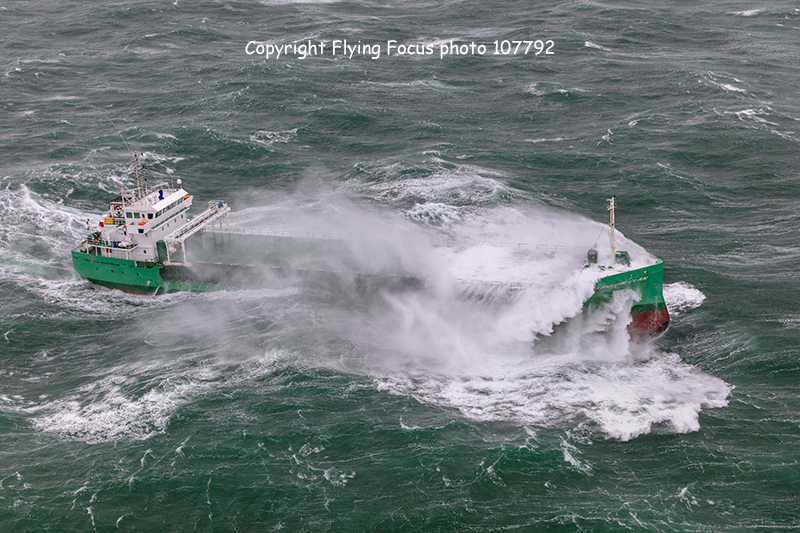
Friday morning September 25 I noticed some posts on social media about a pilot vessel in the southwest sailing out and expecting galeforce wind. Storm, really? Because the last days were very busy at work we only checked the wind and waveheight forecast for the area in the vicinity of Texel and nothing over 30 knots of wind was predicted. A quick look at the weather maps shows a low pressure area on the North Sea just west of Noord Holland surrounded by a circular windfield. Next was checking the meteo reports and forecasts for Vlissingen, Rotterdam and the P11 platform west of Rotterdam to find out there was a warning for 40 to 50 knots of wind from the northwest in the afternoon, with gusts up to 56 knots. Because of the direction of the wind and the large area I expected a chance for extra high waves.
Within 10 minutes pilot Peter Bos was informed. We decided to go airborne around 1530 for a photo flight of approximately 3 hours to the Noordhinder area.
I continued checking all the vessel movements on marinetraffic, an online tool. Because of the winddirection the best chance to make spectacular stormphotos would be the outbound shipping lane from Rotterdam to Noordhinder. In the other shipping lanes the ships would not sail into the wind and waves. Luckily I spotted a small coaster, the Arklow Clan, approaching Noordhinder on its way from Antwerp to Dundee, sailing straight into wind and waves. That will be our main target!
Just after 1530 we take of from the southeast runway at Texel airport with only about 25 knots of wind to follow the coast from Den Helder to the Maascentre area west of Rotterdam, to start following the outbound shipping lane from there. West of Scheveningen I said to Peter the pilot that there would be a chance the whole event will be a big setback. The weather is grey with many of low clouds around 1000 ft and rain. The wind is northwest but not very strong. After that it seems to clear up a bit with rapid increasing winds approaching The Maascentre area. We started there photographing two large tankers outbound from Rotterdam, but due to their size and slow speed we were not able to make very spectacular photos.
We decided to follow the westbound shipping lane in the direction of Noordhinder to intercept the Arklow Clan. The closer we got to Noordhinder the higher the waves with still increasing winds and turbulence. The visibility is deteriorating again, but the relatively small coaster Arklow Clan was found easily, sailing slowly into the seas with a groundspeed of only 3 knots. In about 20 minutes we were able to make a spectacular series of spectacular photos showing the high waves. The last run we could capture the vessel diving into an extra high wave and we decided we were ready to return to Texel. Flying to the northeast again the weather improved within 15 minutes, with decreasing wind and waves. West of Petten the wind seems to calm down completely and we see an area with clustered showers with lots of rain. That must be the centre of the low pressure area. And then, as icing on the cake, we spotted a very nice waterspout moving southwest.
20 minutes later we landed at Texel on the southeasterly runway, impressed by the forces of nature and a very spectacular and special photo flight.

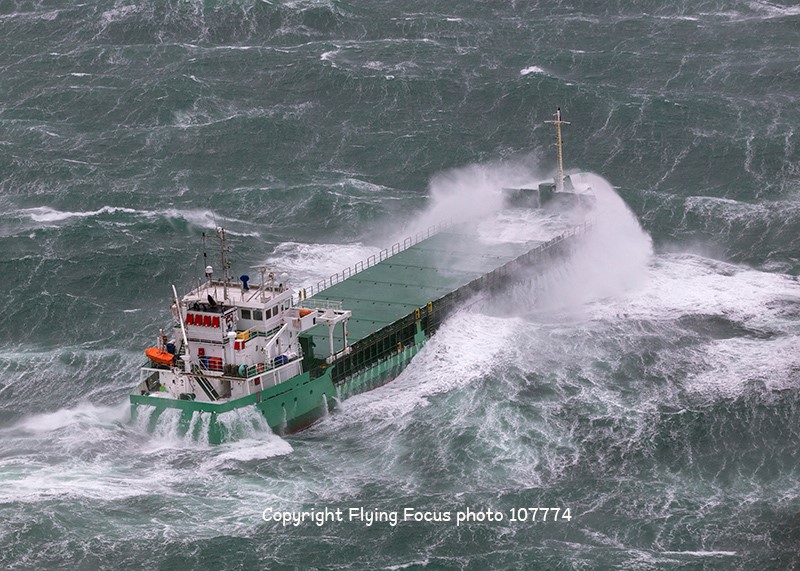
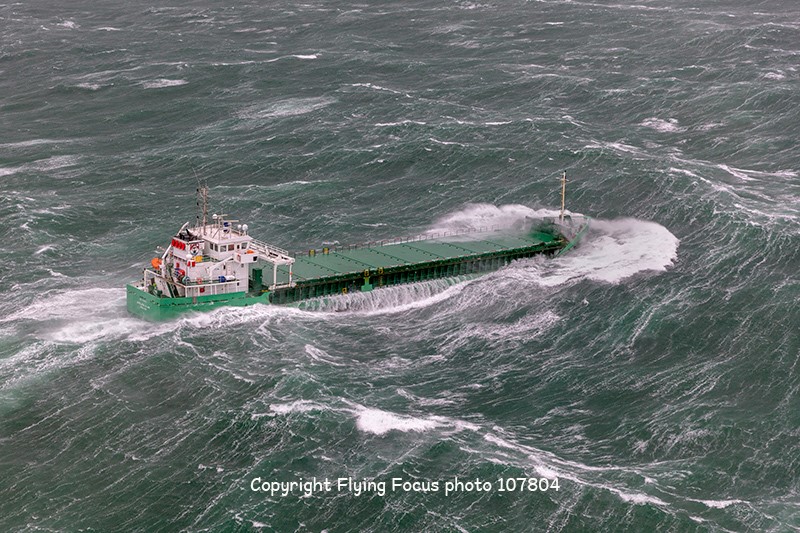
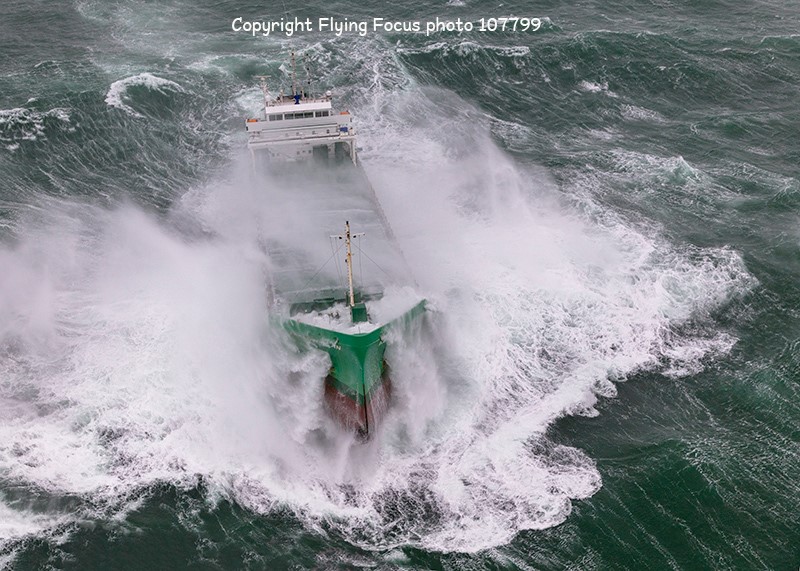
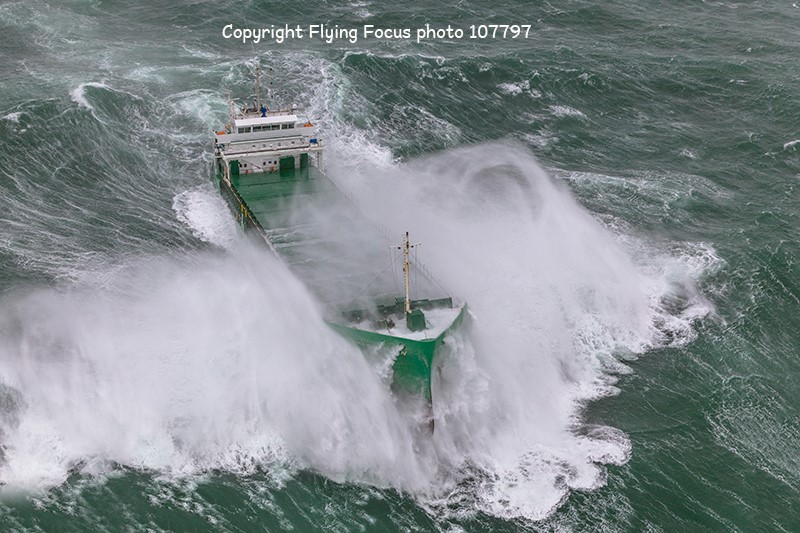
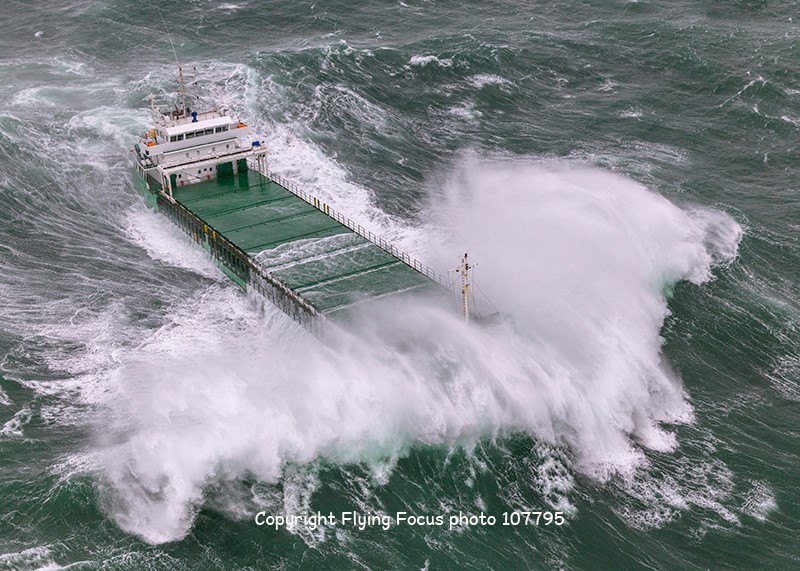
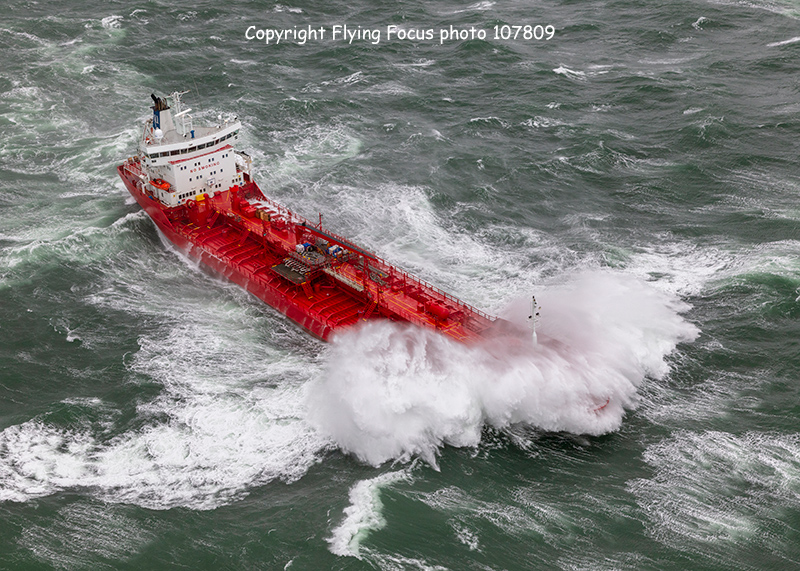

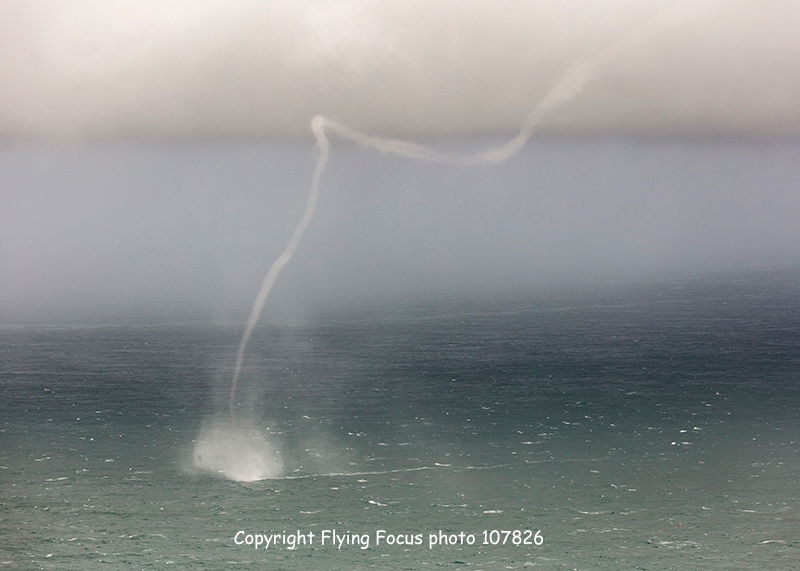
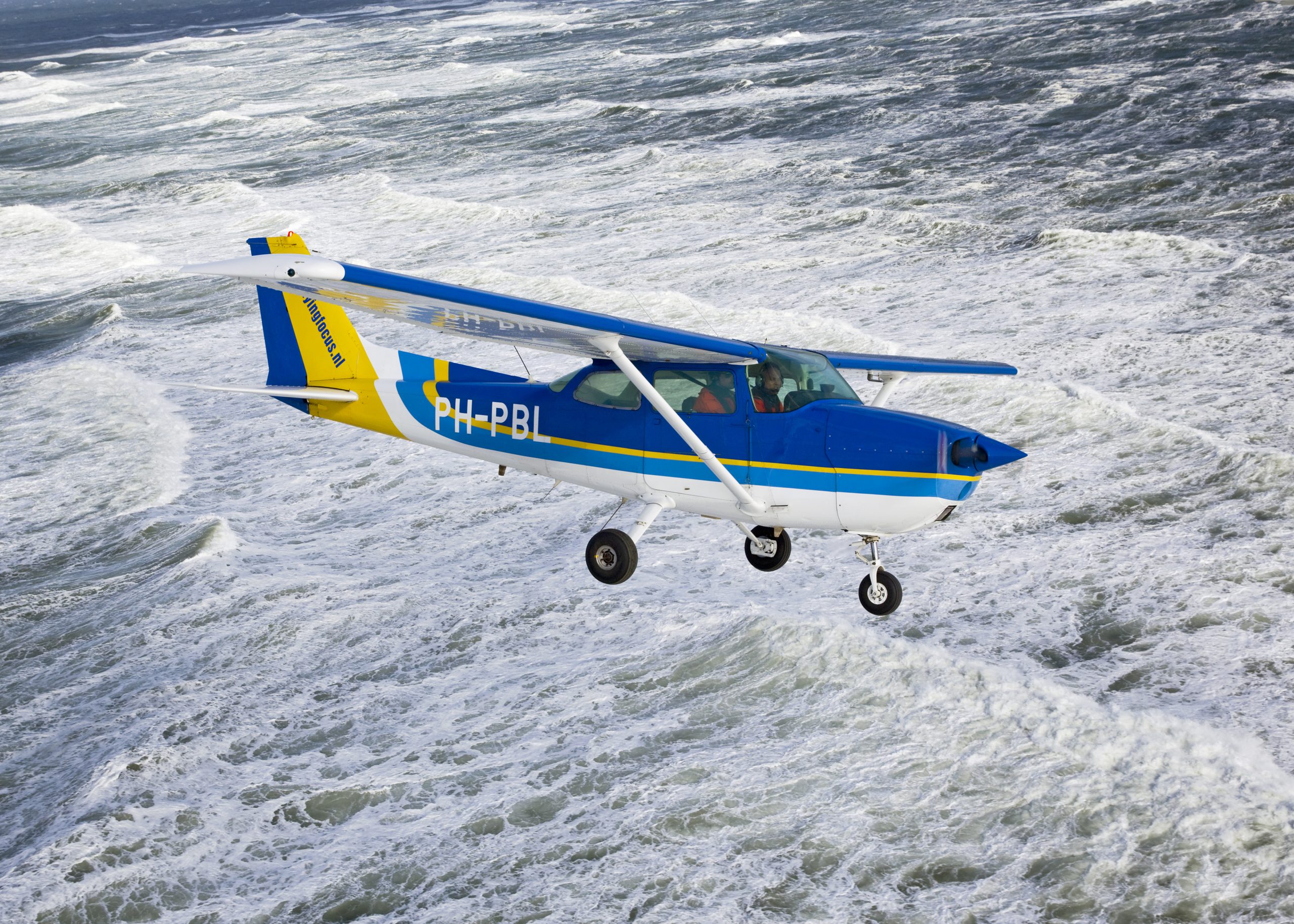
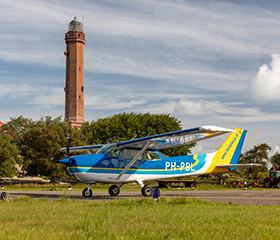
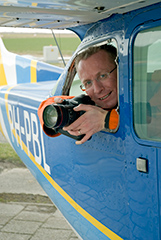
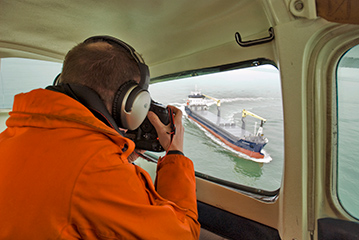
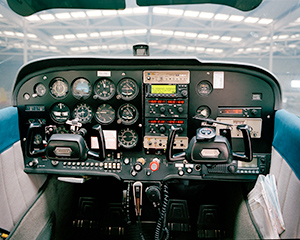
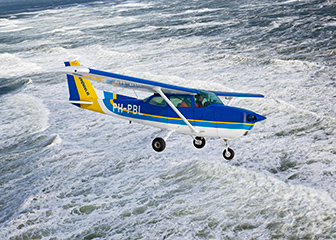
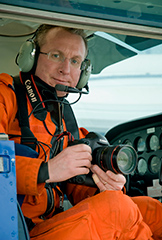
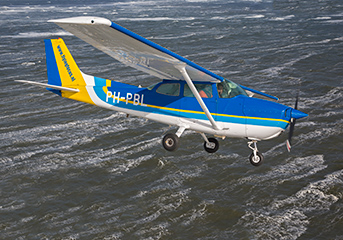
Recent Comments